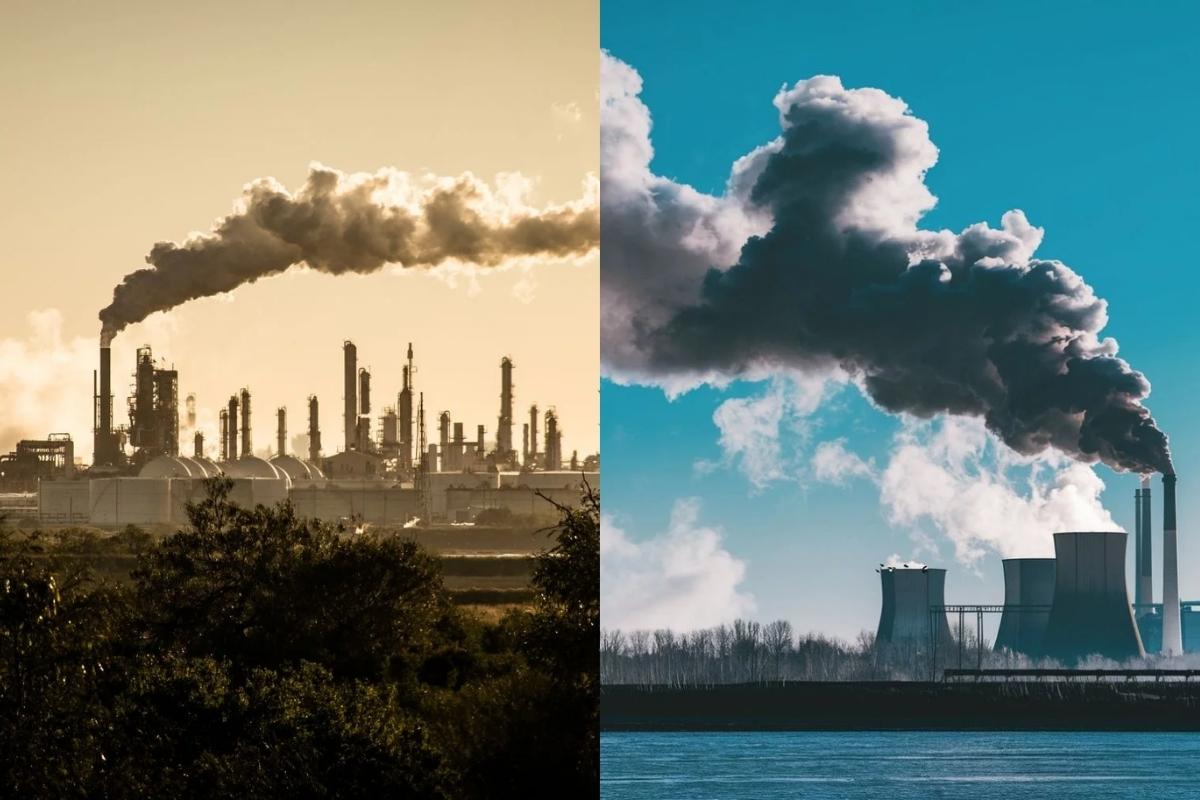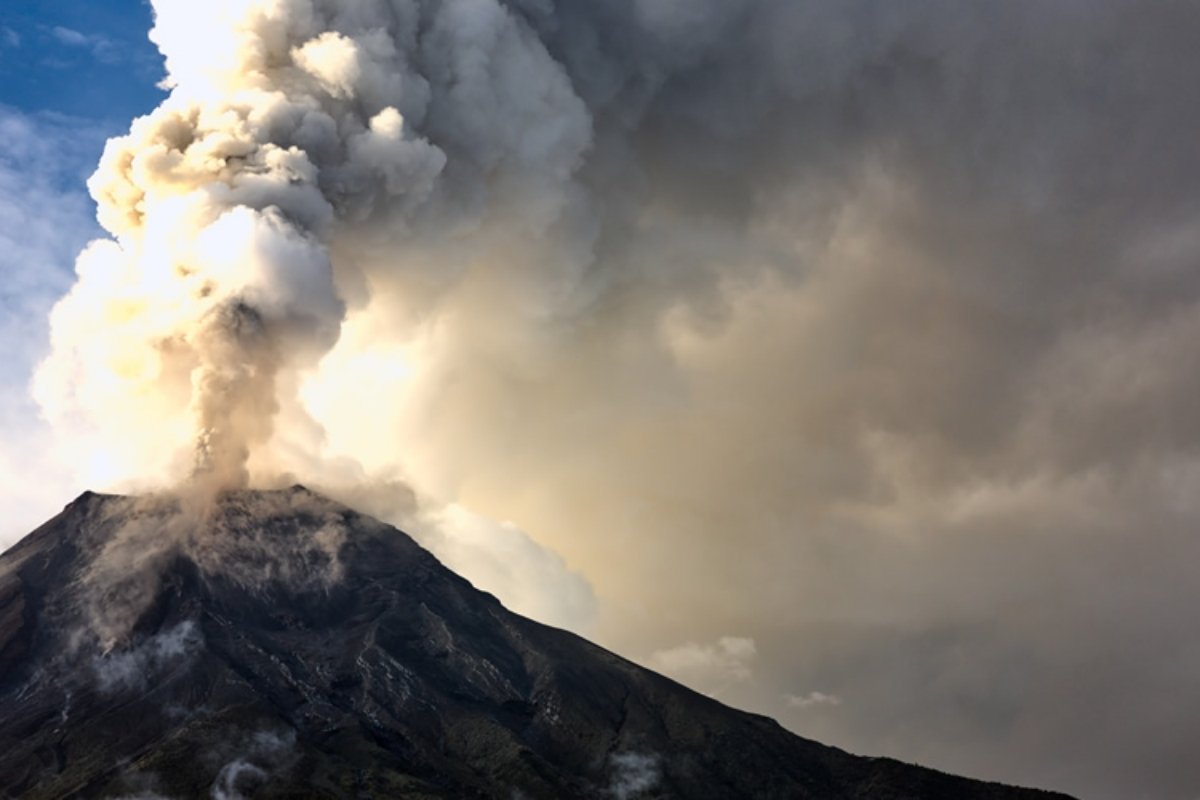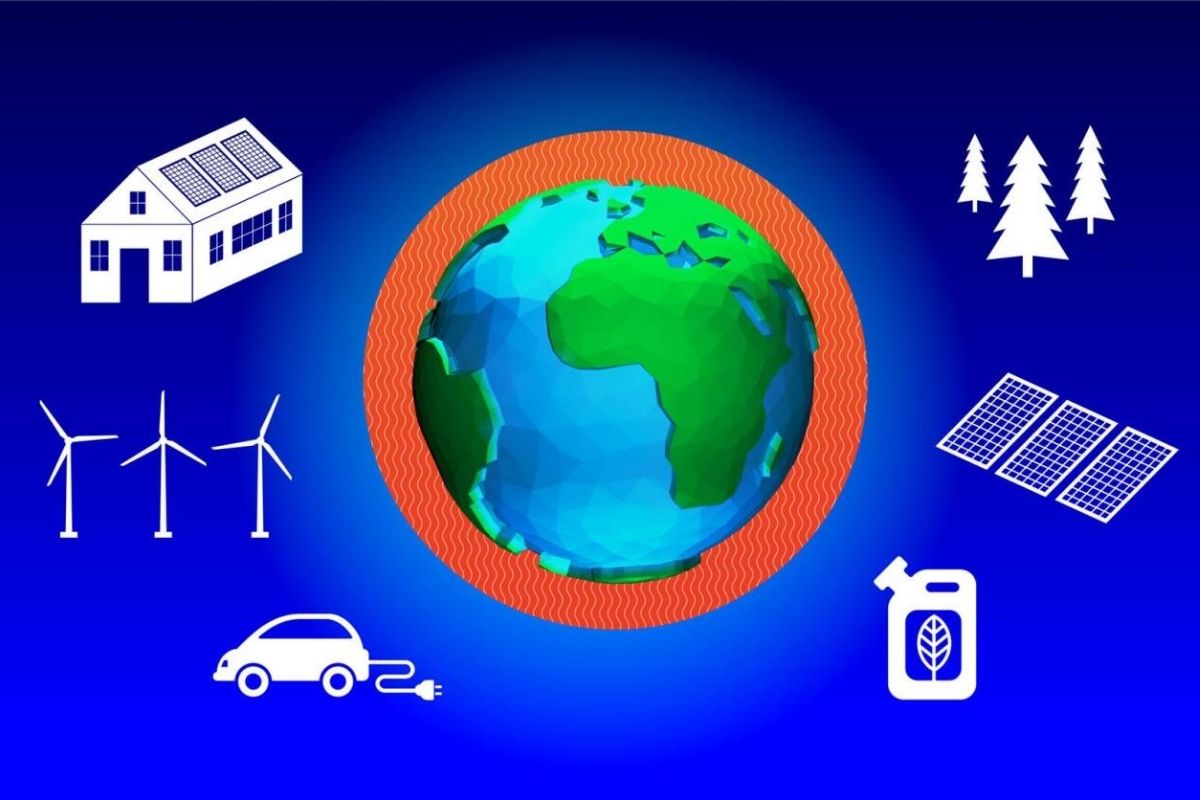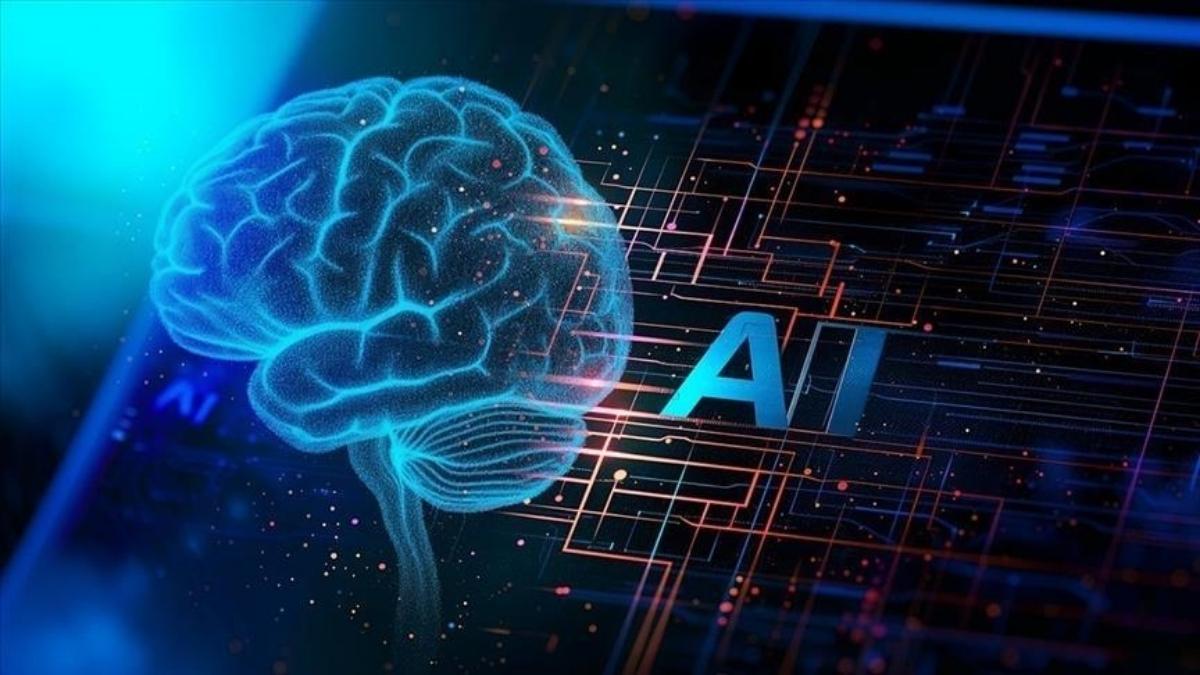Climate change is one of the most pressing challenges facing our planet today. It affects ecosystems, human societies, and economies worldwide. Understanding its causes, effects, and potential solutions is crucial for mitigating its impact and ensuring a sustainable future.
Causes of Climate Change
Climate change is primarily driven by human activities and natural factors. The key contributors include:
1. Greenhouse Gas Emissions
Greenhouse gases (GHGs) trap heat in the Earth’s atmosphere, leading to global warming. The main GHGs include:
- Carbon dioxide (CO₂) – Produced by burning fossil fuels (coal, oil, and gas), deforestation, and industrial processes.
- Methane (CH₄) – Emitted from agriculture (livestock farming), landfills, and natural gas leaks.
- Nitrous oxide (N₂O) – Released from agricultural fertilizers and industrial activities.
- Fluorinated gases – Synthetic gases used in refrigeration and manufacturing that have a strong heat-trapping effect.

2. Deforestation
Forests act as carbon sinks, absorbing CO₂ from the atmosphere. Large-scale deforestation for agriculture, urbanization, and logging reduces this capacity, increasing CO₂ levels.
3. Industrialization and Energy Production
Burning fossil fuels for energy production is the largest contributor to CO₂ emissions. Factories, power plants, and transportation all contribute to the rising concentration of greenhouse gases.
4. Natural Causes
While human activities are the primary driver, some natural factors also influence climate change, such as:
- Volcanic eruptions – Release particles that temporarily cool the Earth.
- Solar radiation changes – Variations in the sun’s energy output can affect global temperatures.
- Oceanic changes – Natural ocean currents like El Niño and La Niña impact weather patterns.

Effects of Climate Change
The consequences of climate change are widespread and severe, affecting both the environment and human populations.
1. Rising Global Temperatures
The Earth’s average temperature has increased significantly over the past century, leading to more frequent and intense heatwaves.
2. Extreme Weather Events
Climate change has increased the frequency and severity of hurricanes, droughts, wildfires, and floods, causing destruction and loss of life.
3. Melting Ice Caps and Rising Sea Levels
Polar ice caps and glaciers are melting at an alarming rate, contributing to rising sea levels. This threatens coastal cities and small island nations with flooding and erosion.
4. Loss of Biodiversity
Many species are struggling to adapt to changing temperatures and habitats. Coral reefs, forests, and marine ecosystems are particularly vulnerable, leading to declining biodiversity.
5. Impact on Human Health
Climate change affects air quality, increases the spread of diseases, and exacerbates food and water shortages, posing significant health risks.
6. Economic Consequences
Damage to infrastructure, declining agricultural productivity, and increased healthcare costs place economic burdens on communities and nations worldwide.
Solutions to Combat Climate Change
Addressing climate change requires global cooperation and action across various sectors.
1. Transition to Renewable Energy
Switching from fossil fuels to renewable energy sources such as solar, wind, and hydropower can significantly reduce greenhouse gas emissions.

2. Enhancing Energy Efficiency
Improving energy efficiency in homes, industries, and transportation can lower carbon footprints. Simple actions like using LED lights, insulating buildings, and promoting electric vehicles can make a difference.
3. Reforestation and Sustainable Land Use
Planting trees and restoring forests help absorb CO₂ from the atmosphere. Sustainable farming and land management practices can also reduce emissions and protect ecosystems.
4. Reducing Waste and Promoting Recycling
Minimizing waste, recycling materials, and reducing single-use plastics can decrease landfill emissions and lower environmental impact.
5. Climate Policies and International Agreements
Governments play a crucial role in implementing policies to curb emissions. Agreements like the Paris Agreement set global targets for reducing climate change impacts.
6. Individual Actions
Everyone can contribute to climate action by:
- Using public transport, biking, or walking instead of driving.
- Reducing energy consumption at home.
- Supporting sustainable brands and businesses.
- Spreading awareness about climate change.
Climate change is a complex issue that requires immediate action at both individual and global levels. By understanding its causes and effects and implementing sustainable solutions, we can work towards a healthier planet for future generations. The time to act is now!


